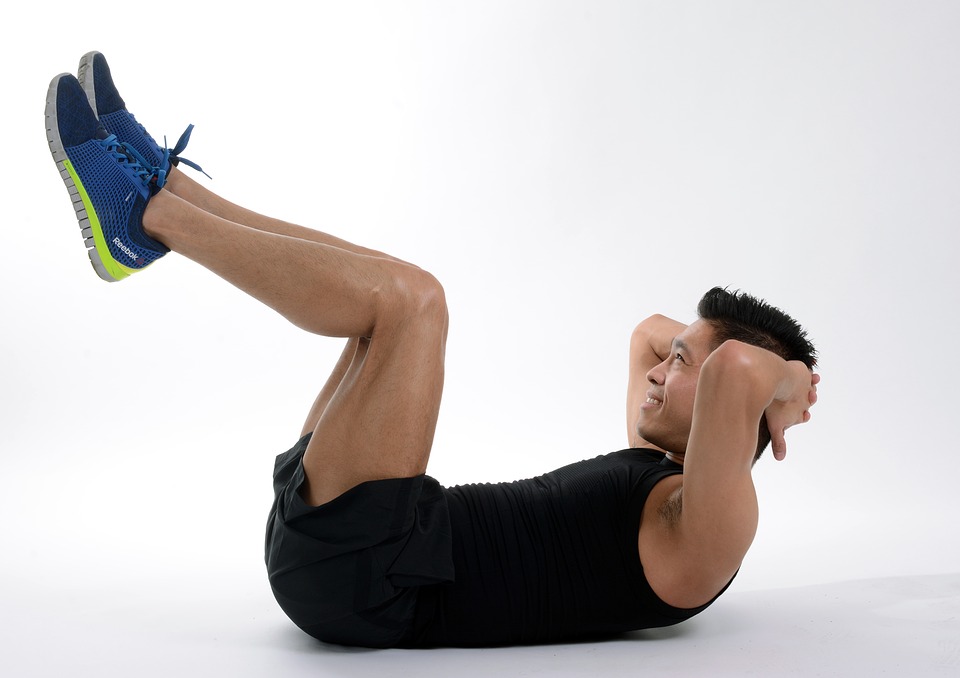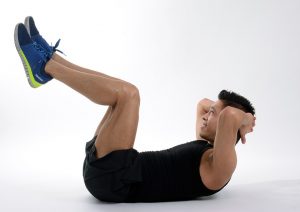
5 Common Fitness Myths You Need to Stop Believing
Where do you get your fitness advice? On the internet? From friends and family?
Between the web and word of mouth, we have a frenzy of advise available to us. In some cases that advise is helpful and thorough, but unfortunately not always. If you’re killing yourself at the gym, but not seeing the results you’re expecting, you might be making a mistake or few. If it’s any consolation, you’re probably not the only one. Check out these five common fitness myths you might be making, and the truth behind them.
- Sweating equals caloric burn.
Sweat is a biological response that keeps your body cool, but the amount you sweat does not necessarily reflect the intensity of your exercise.
- Crunches equal flat abs.
Though crunches have a reputation that precedes them, it turns out that they are not the best way to get that oh-so-coveted six-pack because they don’t burn the calories necessary to achieve significant fat loss. Instead, try: squats, deadlifts, and chin-ups, which engage your core more effectively.
- If you strength train you’ll “bulk up.”
If you’re skipping the weights because you don’t want to get brawny, you’re likely doing yourself a disservice. Strength training plays an integral role in the loss of unhealthy, excess fat, and the maintenance of healthy bone mass as you age. Another thing to note: since women in particular have less muscle tissue, they are less likely to get bulky from weight lifting.
- You should drink a protein shake after your workout.
While protein shakes are okay for emergencies or days when you’ve got to race from the gym back to the office, they are not the ideal post-workout fill. Shakes are essentially processed food, so you’re better off eating a real meal if you can budget it.
- No pain no gain.
One of the biggest mistakes people tend to make when starting an exercise program is working out too aggressively too soon. Results are achieved with time and can not be rushed. Research your workouts well, work with a professional trainer, always air on the side of caution, and stop the minute you feel strain or pain.












